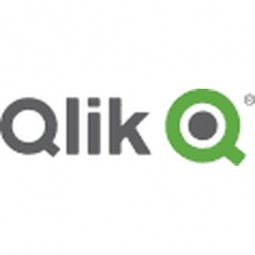Qlik
Case Studies
Rounding the Bases: How Qlik Helped Us Bring Data Literacy Home
Overview
 |
Rounding the Bases: How Qlik Helped Us Bring Data Literacy HomeQlik |
Analytics & Modeling - Real Time Analytics | |
Healthcare & Hospitals Education | |
Quality Assurance Human Resources | |
Predictive Maintenance Real-Time Location System (RTLS) | |
Data Science Services System Integration | |
Operational Impact
| Improved data quality through the implementation of data governance solutions. | |
| Increased data literacy within the organization through training and the use of platforms like Qlik Sense. | |
| Developed predictive analysis capabilities, enabling the company to make more informed decisions. | |
Quantitative Benefit
| With the Call To Balloon and Call To Needle projects, more than 20 minutes were shaved off the patient wait time. | |
| At UWV, the number of QlikView users increased from fewer than 100 to more than 3,000 in five years. | |


